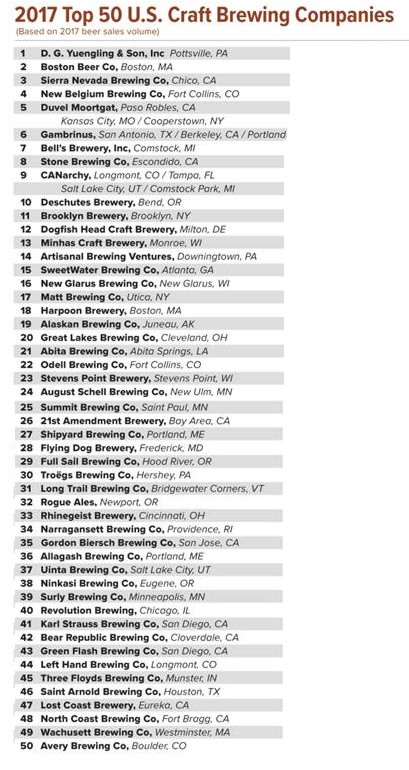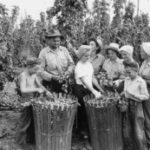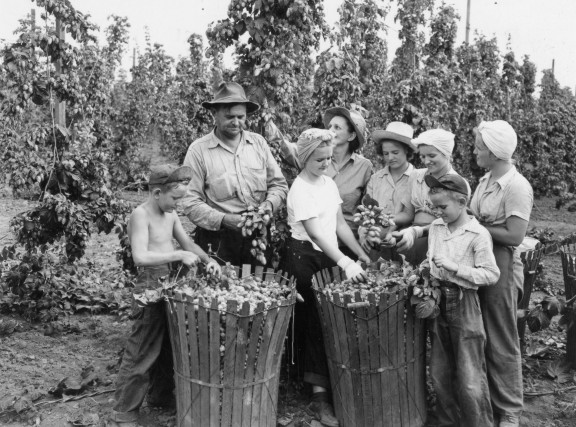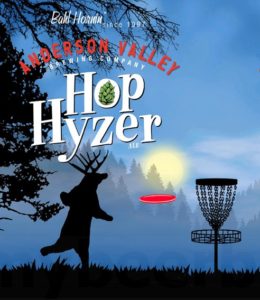 Anderson Valley Brewing is the first brewery in America to have our own 18-hole disc golf course. It’s no secret they share a passion for brewing excellence and a love for the sport of disc golf. So, it was only a matter of time before they would craft a beer to celebrate the two. Brewed with Chinook and Columbus then heavily dry-hopped with Citra and New Zealand Ekuanot, Hop Hyzer is juicy pale ale bursting with tropical fruit aromas and citrus flavors with a clean and mellow bitterness. And at only 4.9%, it’s the perfect beer to complement a casual round with friends or a weekly doubles match. Tee one up and you’ll see what they are talking about.
Anderson Valley Brewing is the first brewery in America to have our own 18-hole disc golf course. It’s no secret they share a passion for brewing excellence and a love for the sport of disc golf. So, it was only a matter of time before they would craft a beer to celebrate the two. Brewed with Chinook and Columbus then heavily dry-hopped with Citra and New Zealand Ekuanot, Hop Hyzer is juicy pale ale bursting with tropical fruit aromas and citrus flavors with a clean and mellow bitterness. And at only 4.9%, it’s the perfect beer to complement a casual round with friends or a weekly doubles match. Tee one up and you’ll see what they are talking about.
Anderson Valley Brewing Company has been a long-time supporter of the sport through disc golf-themed promotions, regional tournament sponsorships such as the San Francisco Safari, and hosting the Annual Legendary Boontfling held each August here in Boonville, CA. We’re excited to see disc golf become one of the fastest growing sports in the world and will continue to support it for years to come.
FOOD & CHEESE PAIRINGS:
Farmhouse cheddar, Buffalo Wings, Chicken Vindaloo
ALC/VOL:
4.9%
BITTERNESS:
40 IBU
MALTS:
Pale Two-Row, Wheat, Oats
HOPS:
Chinook, Columbus, Citra, Ekuanot
History of Anderson Valley Brewing
Anderson Valley Brewing Company was founded on December 26th, 1987 in the town of Boonville, CA. In the beginning, we brewed out of a modest 10-barrel brewhouse located in the lower level of our original brewpub, The Buckhorn Saloon. At the time, we were one of only 20 craft breweries in the country and have long been considered one of the pioneers of the craft beer industry.
By 1996, the demand for our award winning ales exceeded the capacity of our 10-barrel brewery, so we started construction on our current facility at the corner of Highways 128 and 253, just one mile down the road from the Buckhorn Saloon. Surrounded by rolling hills peppered with century-old oaks to the west and towering redwood forests to the east, our 26-acre property houses a 100-barrel brewhouse, tasting room, beer garden, and is home to the first 18-hole disc golf course ever to be built at a brewery.


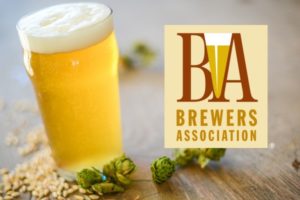 Boulder, Colorado—The Brewers Association (BA)—the not-for-profit trade group dedicated to promoting and protecting America’s small and independent craft brewers—today released its Beer Style Guidelines for 2018. Reviewed and revised annually by the BA, these guidelines serve as a model resource for brewers, beer judges and competition organizers, and celebrate the great diversity of beer around the world.
Boulder, Colorado—The Brewers Association (BA)—the not-for-profit trade group dedicated to promoting and protecting America’s small and independent craft brewers—today released its Beer Style Guidelines for 2018. Reviewed and revised annually by the BA, these guidelines serve as a model resource for brewers, beer judges and competition organizers, and celebrate the great diversity of beer around the world.

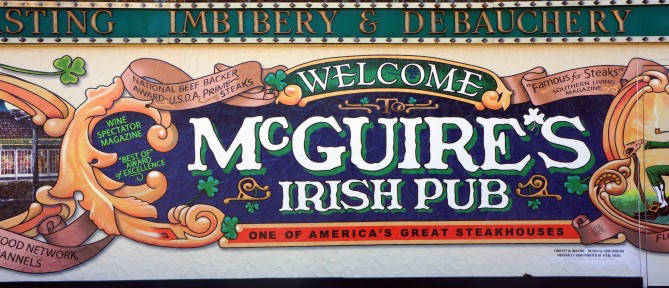 McGuire’s Irish Pub – Pensacola, FL
McGuire’s Irish Pub – Pensacola, FL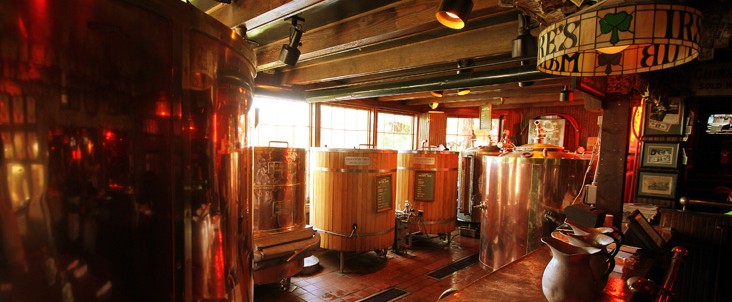 McGuire’s Brewery
McGuire’s Brewery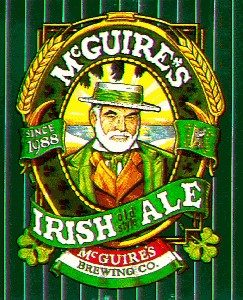 Mcguire’s currently brew five regular beers and a rotating seasonal. Their regular line up includes McGuire’s Light Ale, McGuire’s Irish Red Ale, McGuire’s Porter and McGuire’s Irish Stout. Our seasonal selections include Scotch Ale, Honey Wheat, Wild Irish Raspberry Wheat, Belgian Ale, India Pale Ale, Hefeweizen, Extra Special Bitter Altbier and Christmas Ale; just to name a few. They also make a very popular root beer served draft, right out of the keg.
Mcguire’s currently brew five regular beers and a rotating seasonal. Their regular line up includes McGuire’s Light Ale, McGuire’s Irish Red Ale, McGuire’s Porter and McGuire’s Irish Stout. Our seasonal selections include Scotch Ale, Honey Wheat, Wild Irish Raspberry Wheat, Belgian Ale, India Pale Ale, Hefeweizen, Extra Special Bitter Altbier and Christmas Ale; just to name a few. They also make a very popular root beer served draft, right out of the keg.
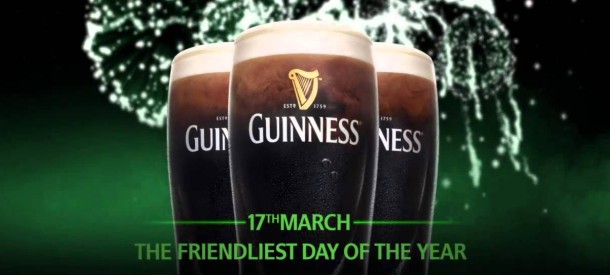 St. Patrick’s Day by the Numbers
St. Patrick’s Day by the Numbers